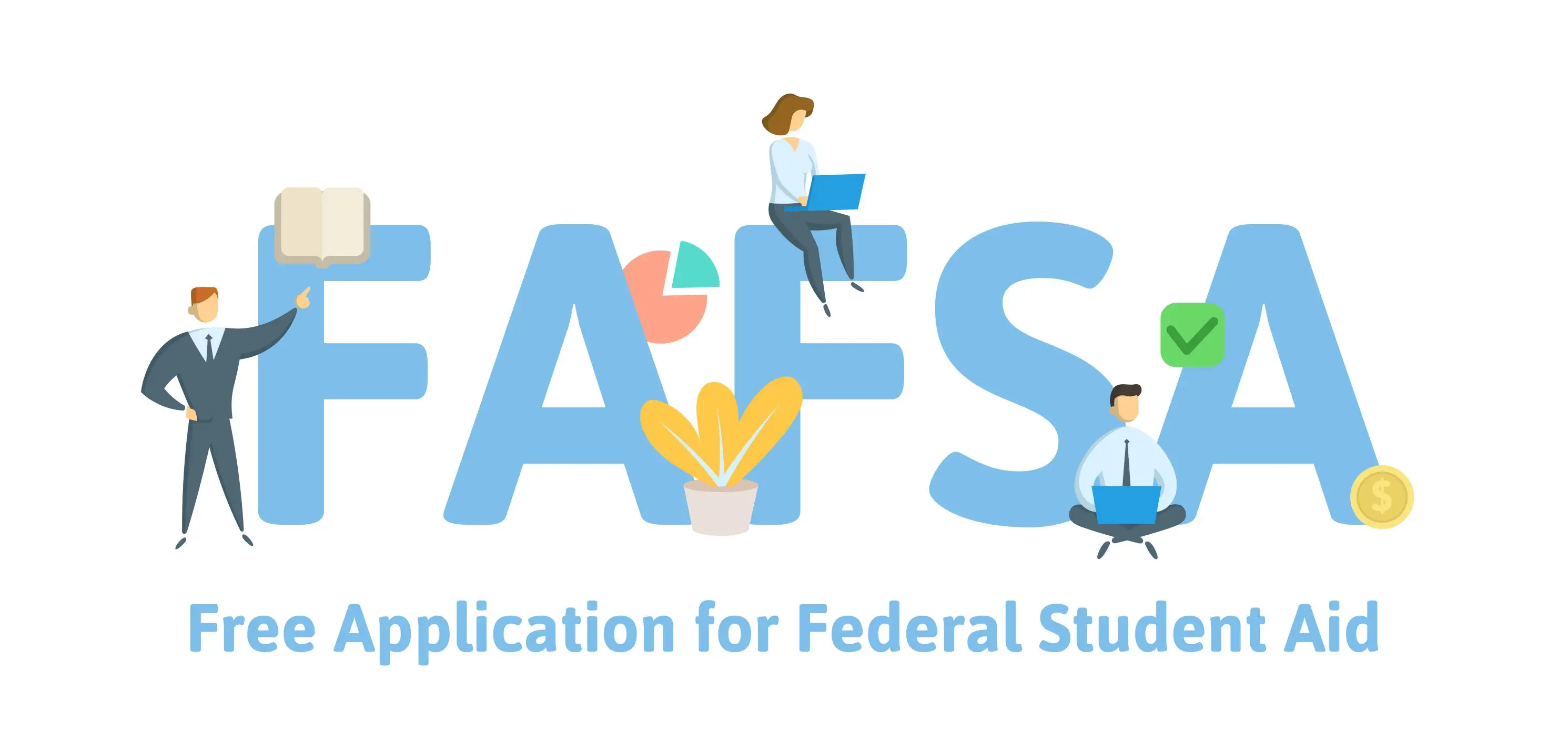
College is expensive… We’re here to guide.
The average cost of in-state tuition in Michigan was $16,580 for the 2021-2022 academic year. 1
At Michigan Tech, students paid an average of $18,074 in the 2023-2024 academic year. 2
Having a financial plan is essential to your preparation during and after college
Create a Financial Plan
When creating a financial plan, it is important to consider your expenses. Tuition accounts for a large sum, but think of some other ways your bank account will take a hit…books/fees, rent, car payments, phone bills, groceries, gas, going out. Creating a plan will equip you with the tools and accountability needed to afford living on your own. Consider ways you can save money…carpooling, leaving your vehicle at home and walking to class, utilizing a meal plan rather than going out, picking up an on-campus job.

It’s okay to treat yourself! A financial plan isn’t meant to make you never want to spend money. It can, however, help you see where you tend to spend more/less. From there, you can adjust in moderation. For example, instead of getting coffee 5 times a week, try to limit yourself to 1-2 times. These small measures will add up in the long-run!
Click here to learn more about how you can develop a financial plan.
Determine If You Need Financing
Studentaid.gov defines financial need as the difference between the cost of attendance at a school and your expected family contribution.3 83.8% of college students benefit from some form of financial aid,4 meaning they have a financial need for additional resources to pay for college. Financial aid is any outside financing to the cost of your tuition, whether it be from scholarships, grants, public loans, private loans, or a combination of these.
Grants and Scholarships
Grants and scholarships are financial rewards for students that do not have to repaid. Students can apply to a multitude of different programs to receive a grant or scholarship. Grants are also offered by the federal government, and most college students are automatically considered for a Pell Grant after they complete the FAFSA. Get started on finding a scholarship for you by exploring our database of scholarships and grants for western UP high school and college students.
Public Loans
Public loans are typically referred to as federal loan because they are provided by the U.S. government. As such, laws and voting within upper government bodies determine the terms and conditions of the loan. Federal student loans are unique in that they do not require repayment while in school; interest rates are fixed, tax deductible, and typically lower than private loans; repayment plans are very flexible, including income based and pay-as-you-earn plans; and some jobs make you eligible to be discharged from repaying federal loans.
The school you attend will determine the size of your federal loan package based on financial need, cost of attendance, additional aid received, and other factors. You will probably be offered two types of direct federal loans if you submit a FAFSA: the direct subsidized loan and direct unsubsidized loan. The biggest difference is that the U.S. government pays the interest on subsidized loans while you are in school, for a short time after leaving school, and during deferment periods. The borrower is responsible for the interest on unsubsidized loans.5
Private Loans
Private student loan companies provide financing to college students. You may have heard of Sallie Mae, one of the largest student loan servicers in the country. This company, as well as other institutions like banks, credit card companies, and state-affiliated organizations, are private. The terms and conditions of the loan are set by the lender. Private loans tend to have higher interest rates, thus making them more expensive. Generally, repayment is required during school and there is no flexibility in repaying. You must also have an established credit score to be approved for a majority of private loans. Companies like NerdWallet compare several private loans to help you better understand their differences and what fits your needs.
Learn More About Financial Aid
There is an overwhelming amount of information out there on student loans, and the landscape is constantly changing. If you’re still unsure what types of financing is right for you, here are some sites that boil it down to brass tacks.
Submit Your FAFSA
FAFSA stands for Free Application for Federal Student Aid and is how you let the government know you would like to receive federal student aid. Your college will use this form to determine your federal aid eligibility and other programs offered at your school. After your school determines your eligibility, they will offer you an aid package that you must accept in order to use towards school. Most colleges will walk you through aid acceptance and will have a student financial services center for additional help. If you have been accepted to multiple universities, compare the costs and aid packages of each to help you determine your best option. After you accept your aid package, the school will apply it to your tuition and you will be billed any remaining balance. If your aid packages exceeds the cost of tuition, your school may refund you the difference for use on school supplies or other expenses, or you can send it right back to your loan servicer and not accrue interest.
Where Do I Find the FAFSA?
The U.S. Department of Education maintains the FAFSA through studentaid.gov, the one-stop-shop for all information financial aid related. You can create your account and submit your FAFSA here. It is recommended that your FAFSA is submitted by May 1 every year to ensure timely processing.
There are so many resources available for you! Click on the images below to learn more about ways college could fit into your future.
- https://www.collegesimply.com/colleges/michigan/college-cost/ ↩︎
- https://www.mtu.edu/admissions/financial/tuition/ ↩︎
- https://studentaid.gov/understand-aid/types/loans/subsidized-unsubsidized ↩︎
- https://educationdata.org/financial-aid-statistics ↩︎
- https://studentaid.gov/understand-aid/types/loans/subsidized-unsubsidized ↩︎



